One day in February 2014, I was fortunate enough to battle through London during a Tube strike to attend a reception at the House of Commons for MathsWorldUK – an initiative then just two years in development which aimed “to establish a national Mathematics Exploratorium in the United Kingdom … an interactive centre full of hands-on activities showcasing mathematics in all its aspects for people of all ages and backgrounds”.
That initiative took a huge leap forwards last week with the launch of MathsCity Leeds, which my son and I visited on its opening weekend.
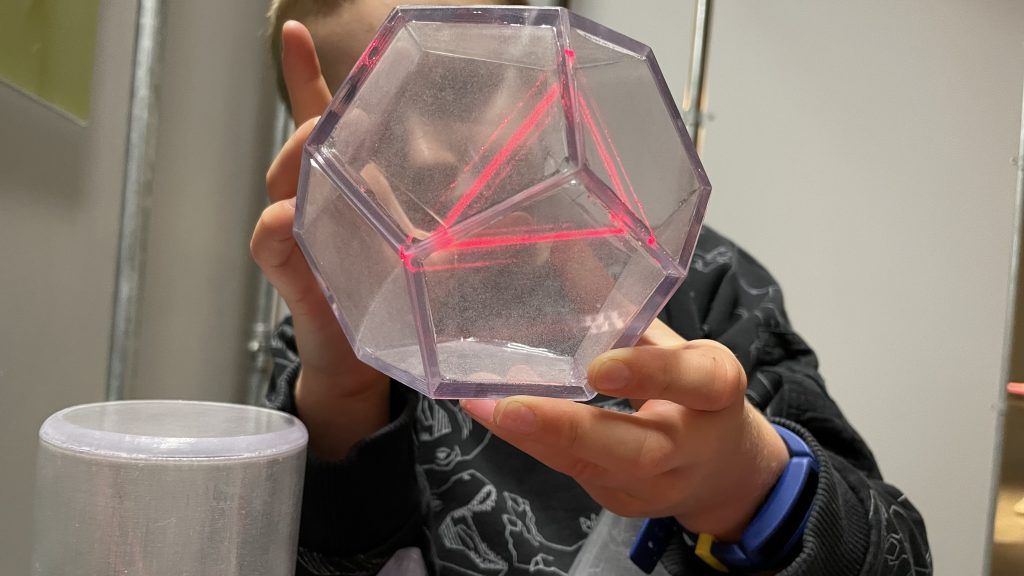
MathsCity is a play and discovery exhibit in a space within Trinity Shopping Centre in Leeds. It consists of a large room on two levels with perhaps three dozen different activity stations each containing some kit and a brief instruction of what to do with it.

The exhibits were all well made, usually out of wood or plastic, with nice clear instructions – though there were also plenty of staff on hand to help if explanations were needed. Here are some of the things we played with during our two-hour visit.
With this sort of thing, I always remember a time when I introduced a group of first-year maths undergraduates to a game at our Maths Arcade. After they had played for a bit, I asked if they were getting on okay. “Fine,” one of them said, “but where’s the maths?” “What do you think maths is?” I asked. “Well, there are no numbers.” Here, there is a definite attempt to present maths as more than just arithmetic and calculation with a single correct answer. Some exhibits were puzzles with an objective, lots were something to play with or explore goal-free, which is nice to see. There were lots of shapes, symmetry and logic on display, and lots of mirrors!
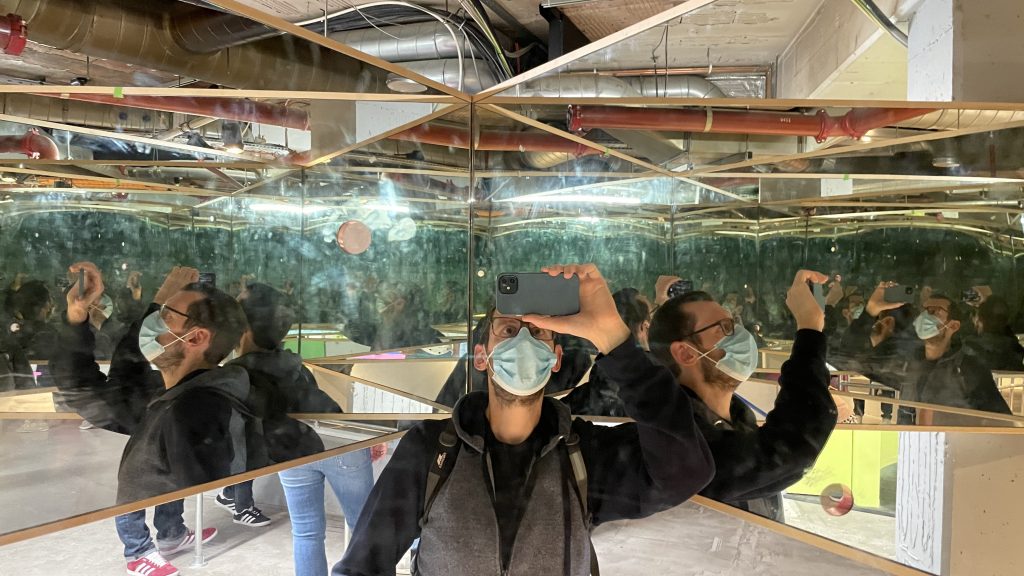
We had a great time and both enjoyed ourselves. We easily passed two hours and could have stayed longer – a little tantrum when I said it was time to leave is usually a sign an activity is going well!
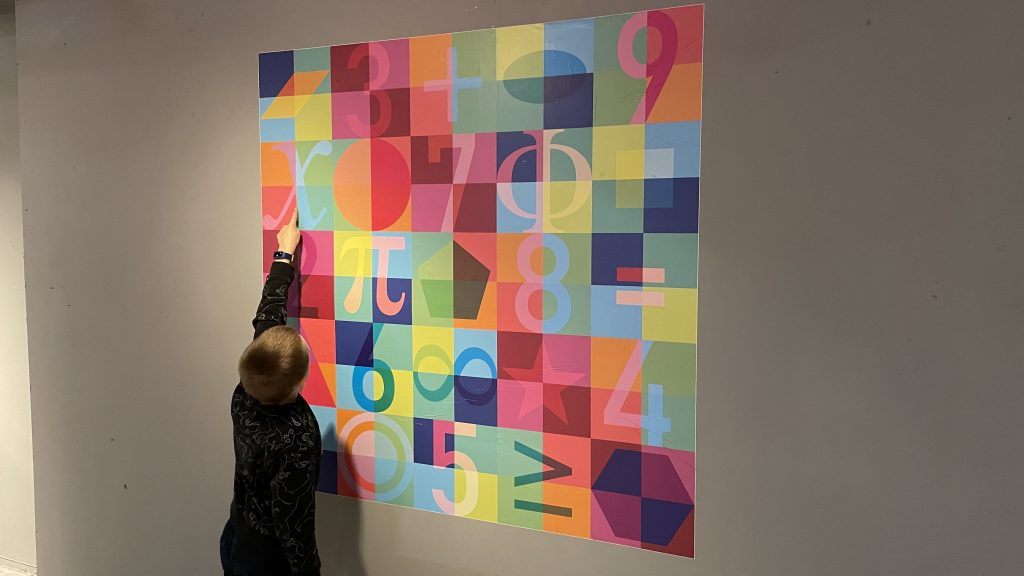
I should say my son is six and a totally receptive audience. He was happy enough to learn that we were going on a long train journey – when I told him we were going to a ‘maths museum’ he boiled over with enthusiasm (and when his mum promised a roast dinner on our return he declared the day “just like Christmas!”).
I called it a ‘maths museum’ as a deliberate error using a word he’d understand. Nomenclature is important, though. I notice the early MathsWorldUK material talks of an “exploratorium”, while the current material uses “discovery centre”. My invitation to the House of Commons says its imagined exploratorium will be an interactive activity centre and will also
convey a feeling for the rich history of mathematics and some of the outstanding personalities whose ideas have shaped its development, but it will also show how much it contributes to modern-day society.
When I try to think about what a national maths centre might look like (contextualised, say, by comparison with the National Space Centre at Leicester) I might imagine something like MathsCity as the playful heart of a broader experience that also attempts to showcase modern applications, illuminate the history of mathematics and explain a little of the technical detail for a general audience. Here the focus – quite rightly – is on playful discovery and presenting a positive view of mathematics, and MathsCity does a good job of these aspects.
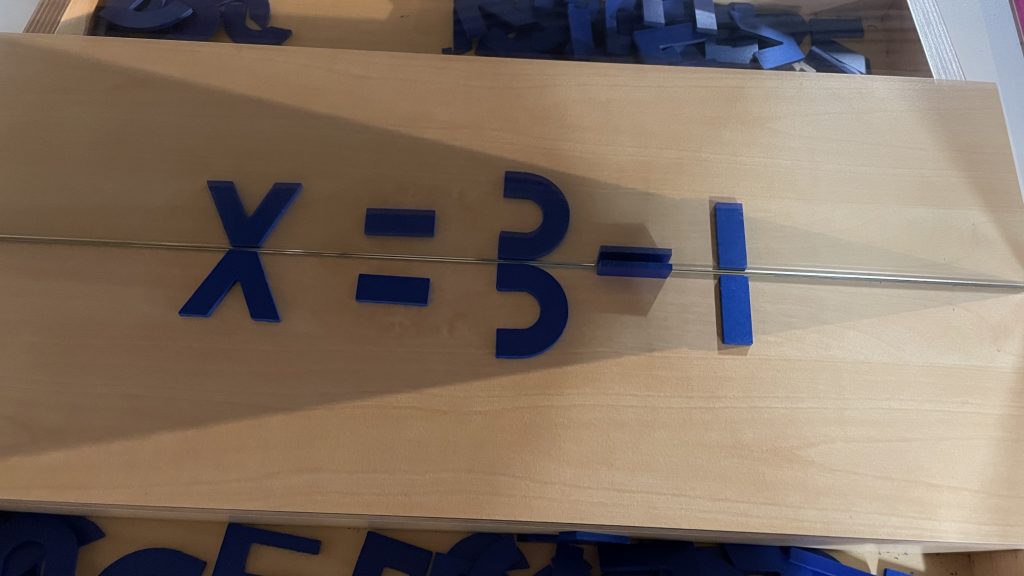
Not knowing how far we’d come, the lady who greeted us on arrival told us proudly how lucky we are to have the one-of-a-kind MathsCity in Leeds, and when we said goodbye she told my son to tell all his friends to come down. I think MathsCity does an amazing job at its intended mission and provides an entertaining space with a positive view of maths for people coming into Leeds to shop, though I can’t quite imagine pitching it to non-mathematician parents at the school gate here in Nottingham as the focus of a long day trip.
Is it trying to be a national maths centre? Not yet. Does it work well as a playful discovery centre? Definitely. My interest in mathematics communication and my son’s general enthusiasm for train rides and maths carried us though a happy day trip to Leeds. I feel I should acknowledge how hard it is to try to launch something like this during the COVID pandemic, where the need to minimise the spread of the virus and changing Government restrictions interact with the desire to get people through the door and demonstrate the viability of the idea. If you’re a reader of this blog, you might also go the extra mile to visit, or certainly please do your best to support this fledgling initiative by telling people local to Leeds about it!
More information
All information about MathsCity and the place to book tickets is mathscity.co.uk.

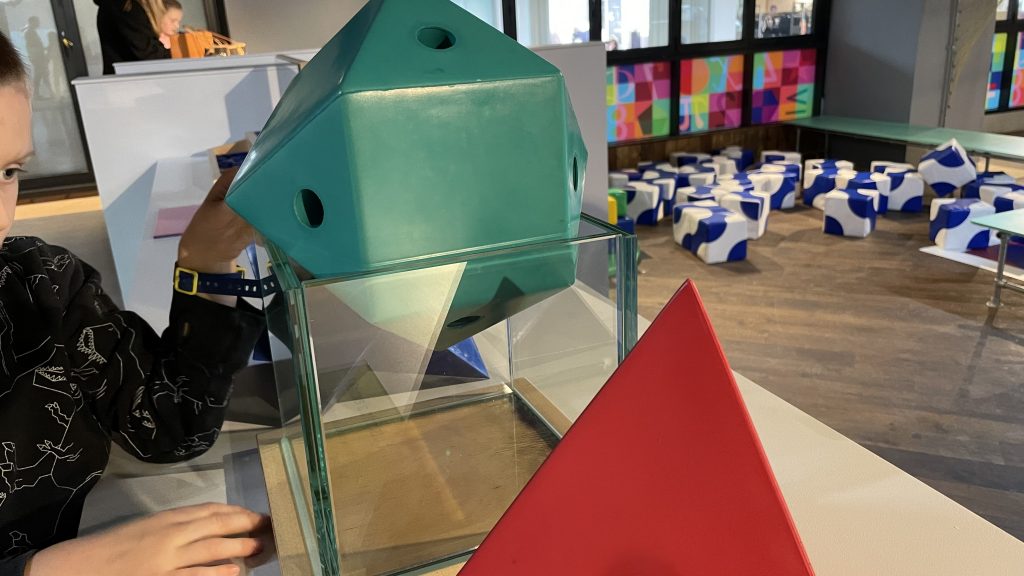
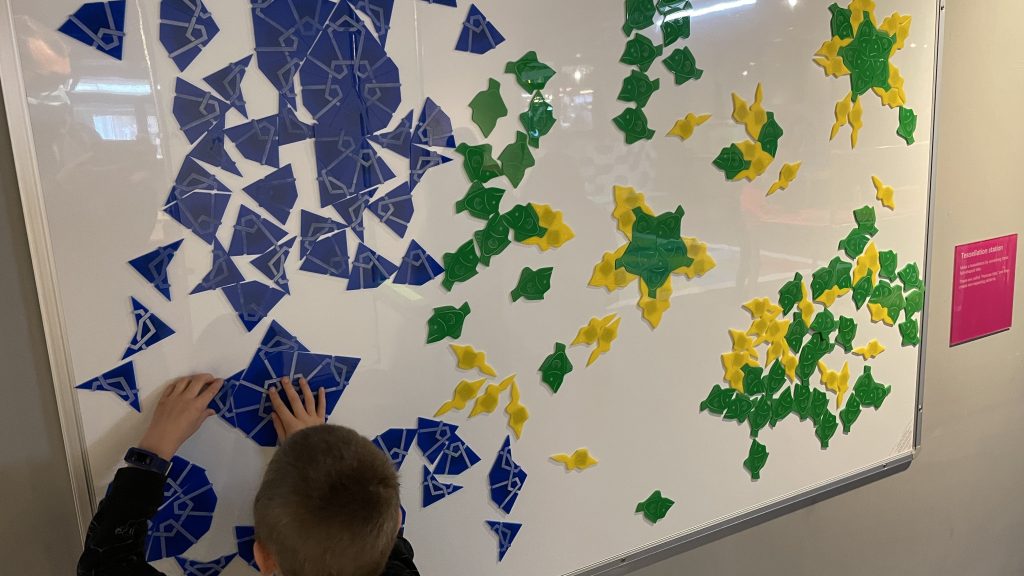
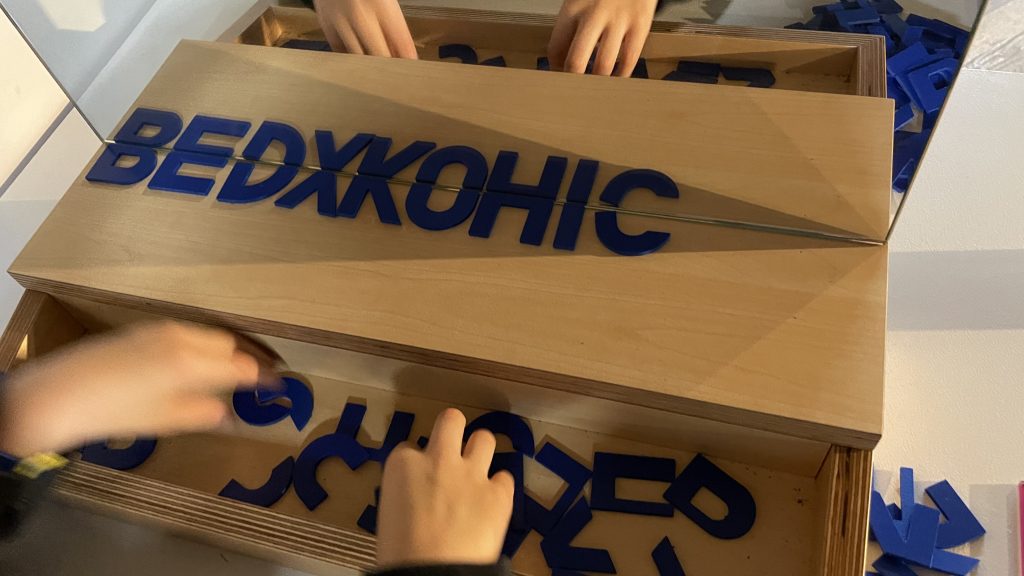
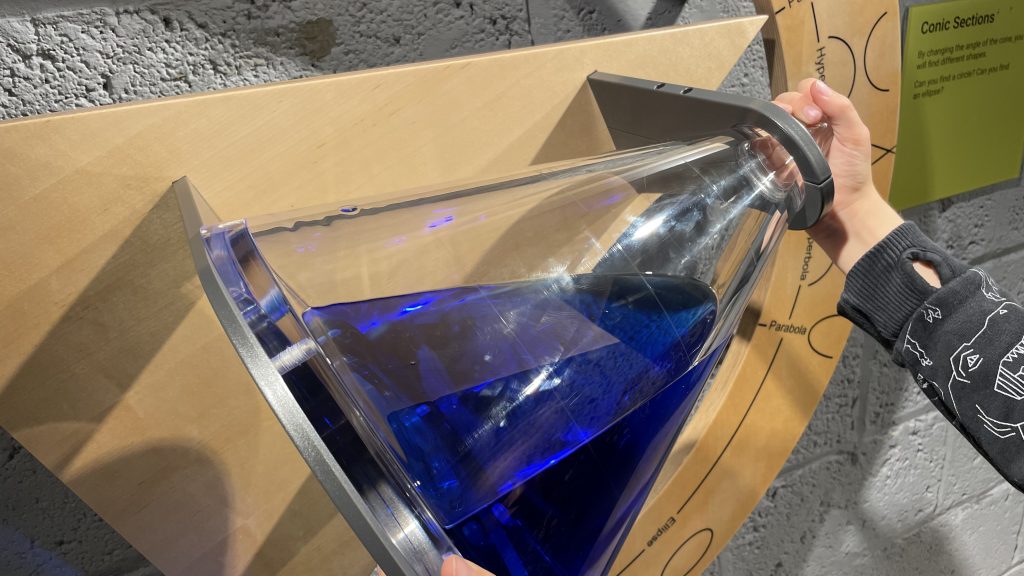
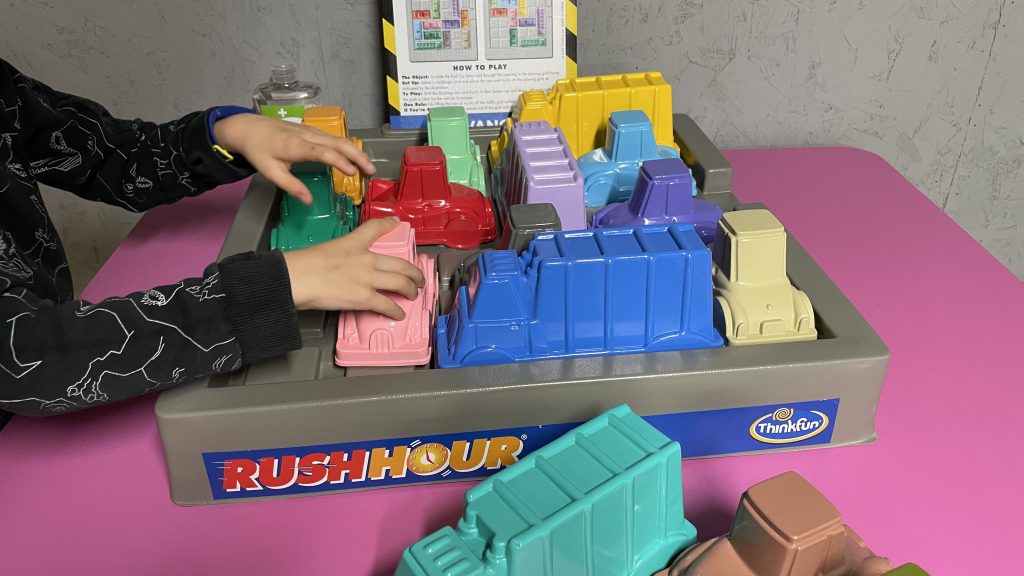
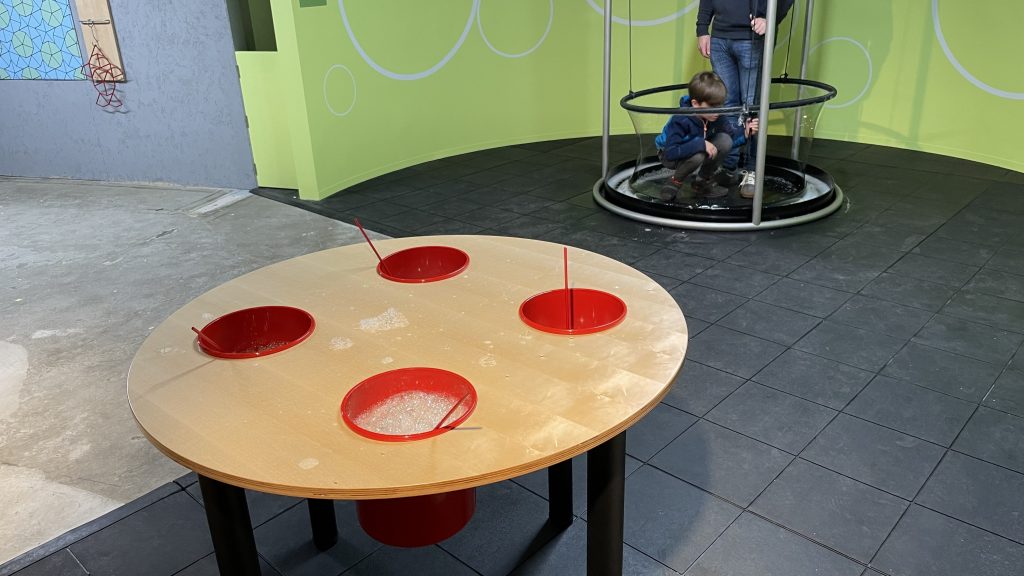
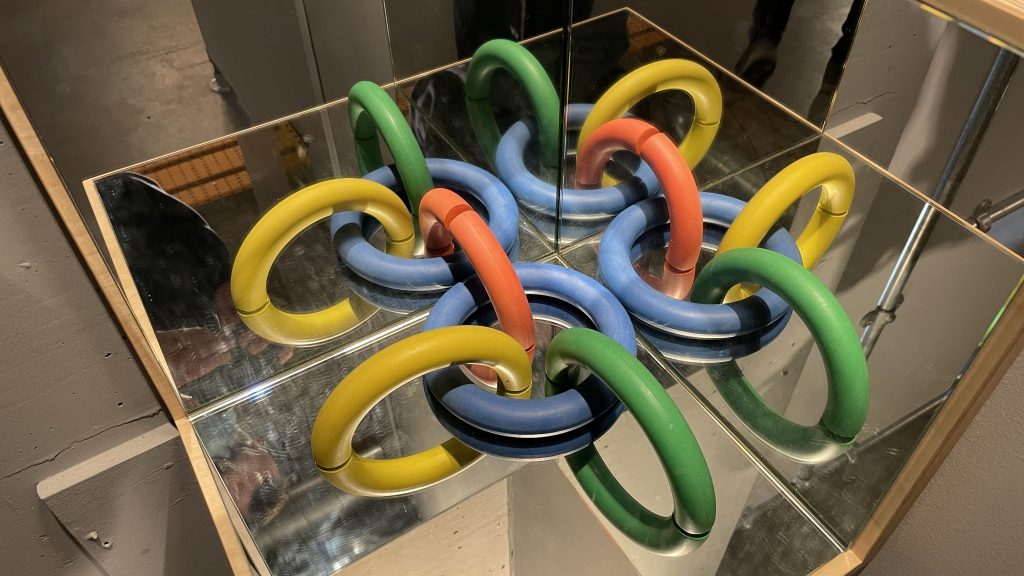

Dear Peter
As a Trustee of MathsWorldUK I want to say how much we at MWUK appreciated your article on your visit with your son to MathsCity in Leeds. I am writing to get permission to use some of your photographs of MathsCity in our forthcoming Newsletter. I cannot guarantee to include them but it would be good to get your permission ahead of time. Do you have others that were not included in your article?
Best wishes
Jack Abramsky